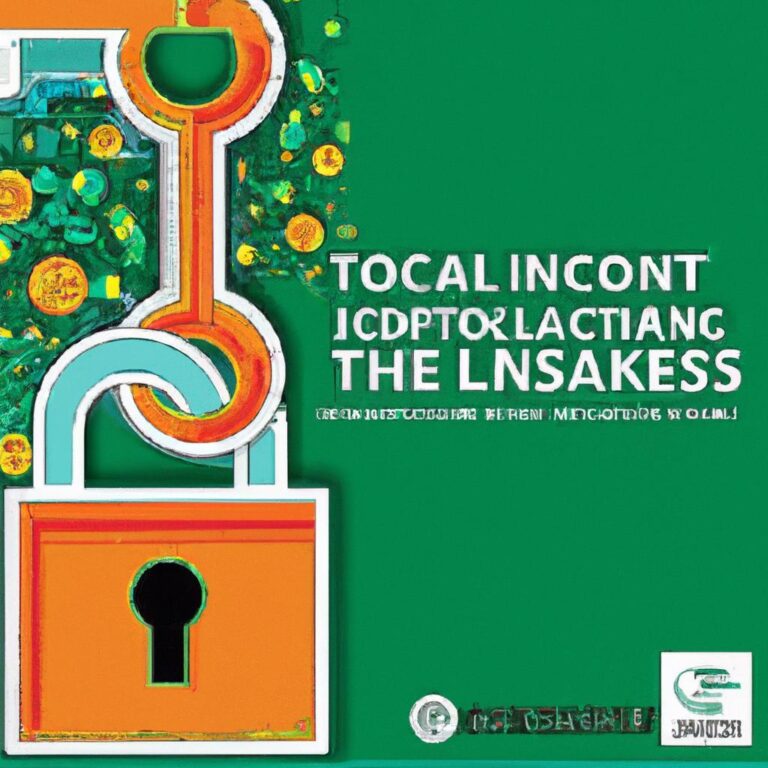In the landscape of economic opportunity, the path to financial stability can often appear daunting for low-income earners. Yet, hidden within the labyrinth of tax codes lies a treasure trove of incentives designed to uplift these individuals and families, offering them a vital lifeline. “Unlocking Opportunities: Tax Incentives for Low-Income Earners” seeks to illuminate these often-overlooked provisions that can significantly ease the burden of everyday expenses and promote long-term financial growth. As we delve into the various tax credits, deductions, and programs available, we aim to empower readers with the knowledge to navigate this complex terrain, uncovering ways to maximize benefits and foster a brighter economic future. In this journey, we will explore not only the mechanics of these incentives but also the profound impact they can have on transforming lives and communities. Join us as we unveil the keys to unlocking opportunities that await within the tax system.
Exploring the Landscape of Tax Credits for Low-Income Individuals
Tax credits serve as powerful financial tools for low-income individuals, providing much-needed relief and stimulating greater economic participation. These credits are designed not only to lessen the burden of tax payments but also to encourage self-sufficiency. Some of the most significant tax credits available include:
- Earned Income Tax Credit (EITC): A refundable credit aimed at low-to-moderate-income workers, particularly those with children.
- Child Tax Credit (CTC): Provides financial assistance to families with dependent children, significantly reducing tax liabilities.
- Supplemental Nutrition Assistance Program (SNAP): Though not a traditional tax credit, its integration with tax incentives helps support low-income households.
Additionally, the incorporation of tax credits into social programs demonstrates a commitment to uplift the most vulnerable communities. While these incentives promote financial health, they can also encourage education and employment. Here’s a brief overview of how these credits function:
| Tax Credit | Eligibility Criteria | Benefit Overview |
|---|---|---|
| Earned Income Tax Credit (EITC) | Low-to-moderate income earners, especially with children | Potentially up to $6,660 for larger families |
| Child Tax Credit (CTC) | Families with children under 17 | Up to $2,000 per qualifying child |

Navigating the Benefits: How Tax Incentives Can Transform Financial Well-Being
Tax incentives serve as a beacon of hope for low-income earners seeking to enhance their financial stability. By optimizing their tax returns, individuals can potentially unlock funds that can alleviate daily financial pressures. Some of the most impactful benefits include:
- Earned Income Tax Credit (EITC): This refundable tax credit can boost a taxpayer’s refund significantly, especially for those with children.
- Child Tax Credit: Providing financial relief for parents, this credit reduces tax due based on dependent children.
- Education Credits: Opportunities such as the American Opportunity Credit can help offset college expenses.
Understanding and capitalizing on these incentives can fundamentally transform one’s financial landscape. To illustrate the potential impact, consider the following table that compares the benefits of different tax credits:
| Tax Credit | Potential Benefit |
|---|---|
| EITC | Up to $6,728 depending on income and number of children |
| Child Tax Credit | Up to $2,000 per qualifying child |
| American Opportunity Credit | Up to $2,500 for qualifying educational expenses |
By utilizing these tax incentives effectively, low-income earners can significantly manage their expenses, invest in their future, and build a path toward greater financial independence.

Maximizing Savings: Strategic Approaches to Claiming Tax Benefits
To effectively enhance your financial situation, it’s essential to explore various tax benefits designed specifically for low-income earners. One of the most significant tools at your disposal is the Earned Income Tax Credit (EITC). This credit not only reduces the amount of tax you owe but may also result in a refund, boosting your overall income. Here are a few strategies to maximize the benefits:
- Understand Eligibility: Familiarize yourself with the income limits and qualifying criteria to ensure you claim the correct amount.
- File Early: Submitting your tax return promptly can give you a sooner refund.
- Seek Professional Advice: Consult a tax professional to help navigate credits you may not be aware of.
Another overlooked opportunity is the Child Tax Credit (CTC), which can provide substantial savings for qualifying families. The CTC allows you to claim a credit per dependent child, reducing your tax bill considerably. Use the following table to get a better grasp of the potential savings:
| Number of Children | Potential Savings |
|---|---|
| 1 Child | $2,000 |
| 2 Children | $4,000 |
| 3 Children | $6,000 |

Empowering Communities: The Broader Impact of Tax Incentives on Low-Income Families
Tax incentives serve as a powerful mechanism for improving the economic landscape for low-income families, enabling them to access resources and opportunities that were previously beyond their reach. By providing financial advantages such as refundable tax credits, deductions, and exemptions, these incentives can significantly alleviate the burden of living costs. This support creates pathways toward stability and prosperity, allowing families to invest in education, healthcare, and essential services. Consequently, the ripple effect of these incentives extends beyond individual households, fostering community development and strengthening local economies.
Furthermore, the broader impact of these tax incentives can be observed through several key benefits:
- Increased Disposable Income: Families gain extra funds, allowing for better quality of life and spending in local businesses.
- Educational Opportunities: Tax incentives enable families to invest in their children’s education, leading to a more skilled workforce in the future.
- Health Improvements: With financial relief, families are more likely to afford necessary healthcare, positively impacting public health.
- Community Engagement: Families with greater financial security are more inclined to participate in community activities and local governance.
In Summary
As we draw the curtain on our exploration of tax incentives for low-income earners, it becomes evident that these financial tools are more than just numbers on a ledger; they are gateways to empowerment and opportunity. By understanding and utilizing these incentives, individuals can lighten their tax burdens, increase their disposable income, and pave a path toward a more secure financial future.
In a world where every dollar counts, knowledge is a powerful currency. By staying informed and proactive, low-income earners can unlock a myriad of possibilities that extend beyond immediate savings. Whether it’s investing in education, building savings, or embarking on entrepreneurial endeavors, tax incentives serve as crucial stepping stones in the journey toward economic stability.
As you embark on your own financial journey, remember that these incentives are designed for you—crafted to support your ambitions and aspirations. With careful planning and informed decisions, you can harness the potential of these opportunities, transforming challenges into achievements and dreams into realities.
Thank you for joining us on this exploration. May you find the knowledge shared here to be a valuable resource as you navigate the landscape of tax benefits and work towards a future filled with promise.

